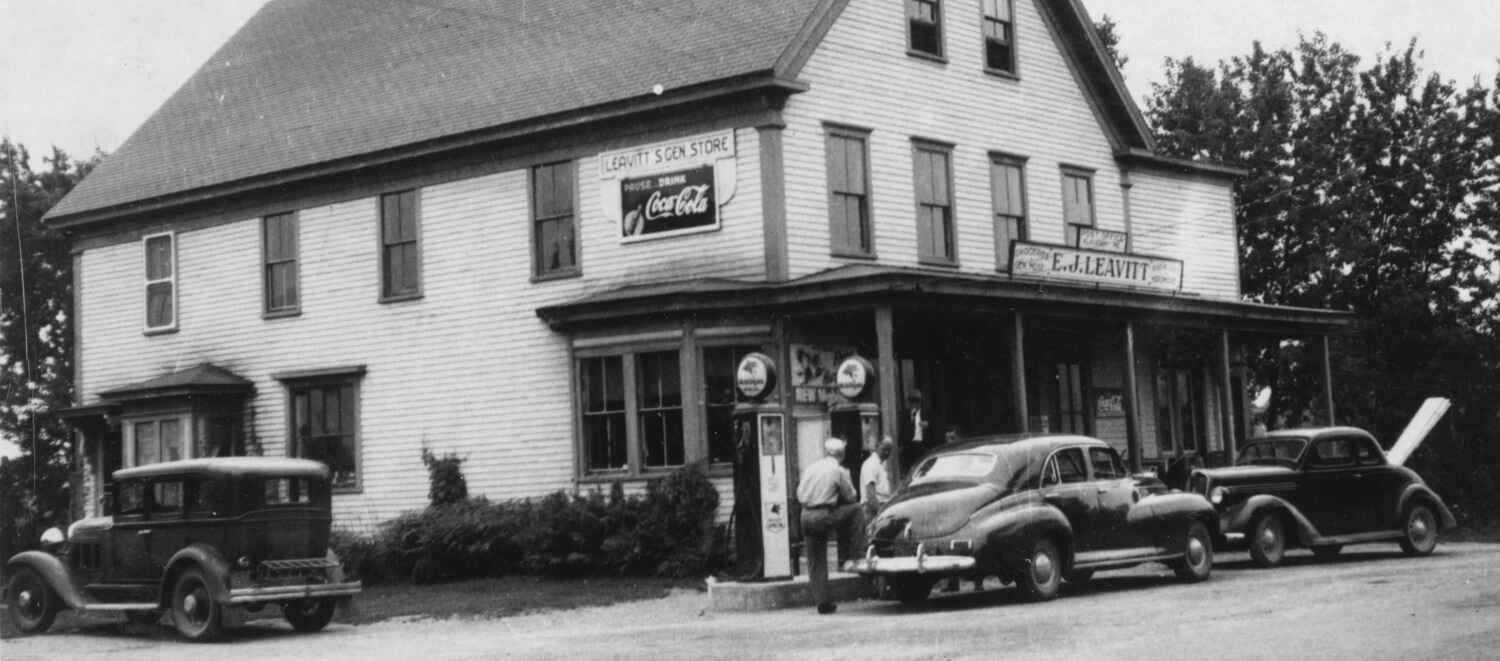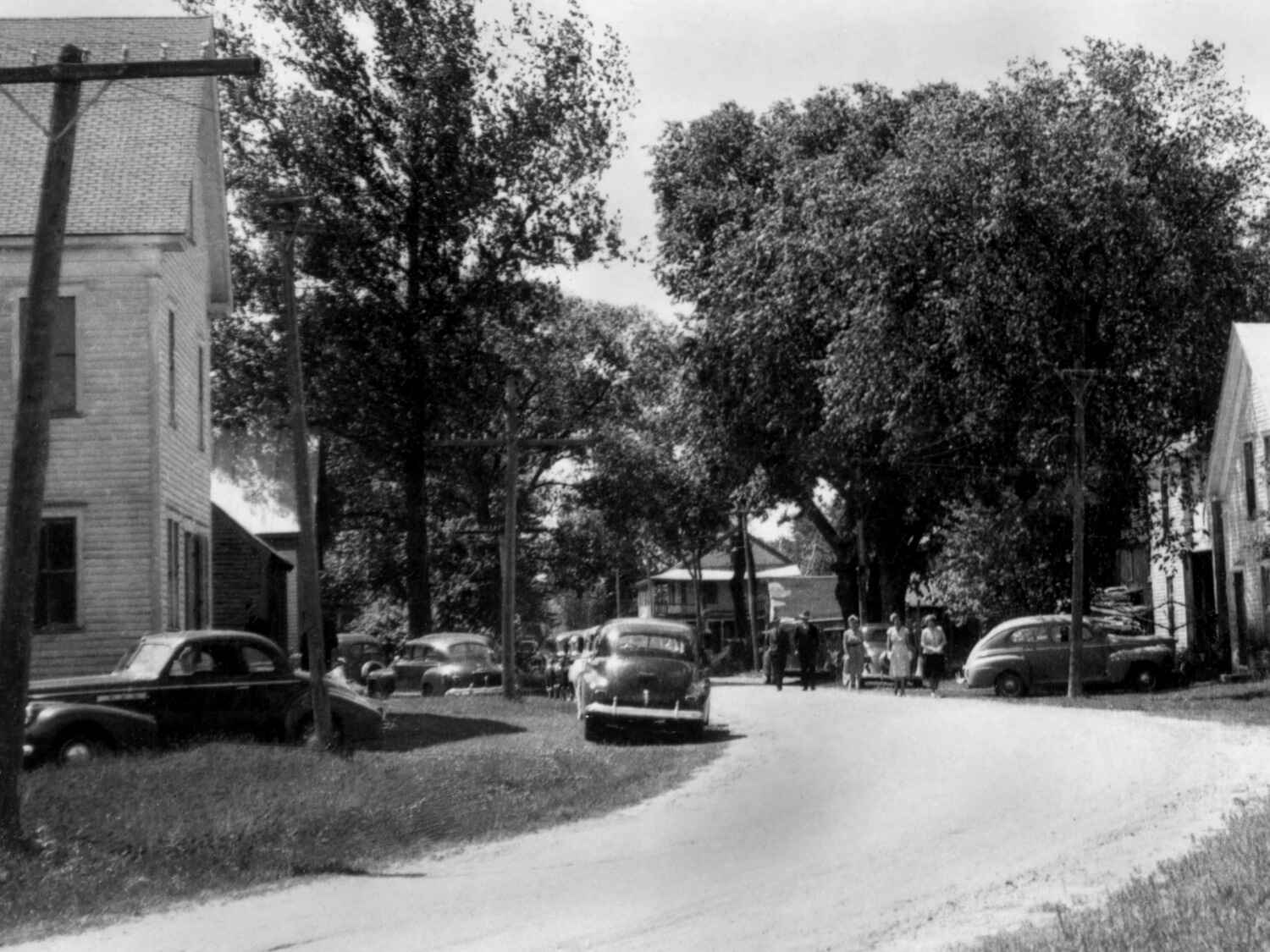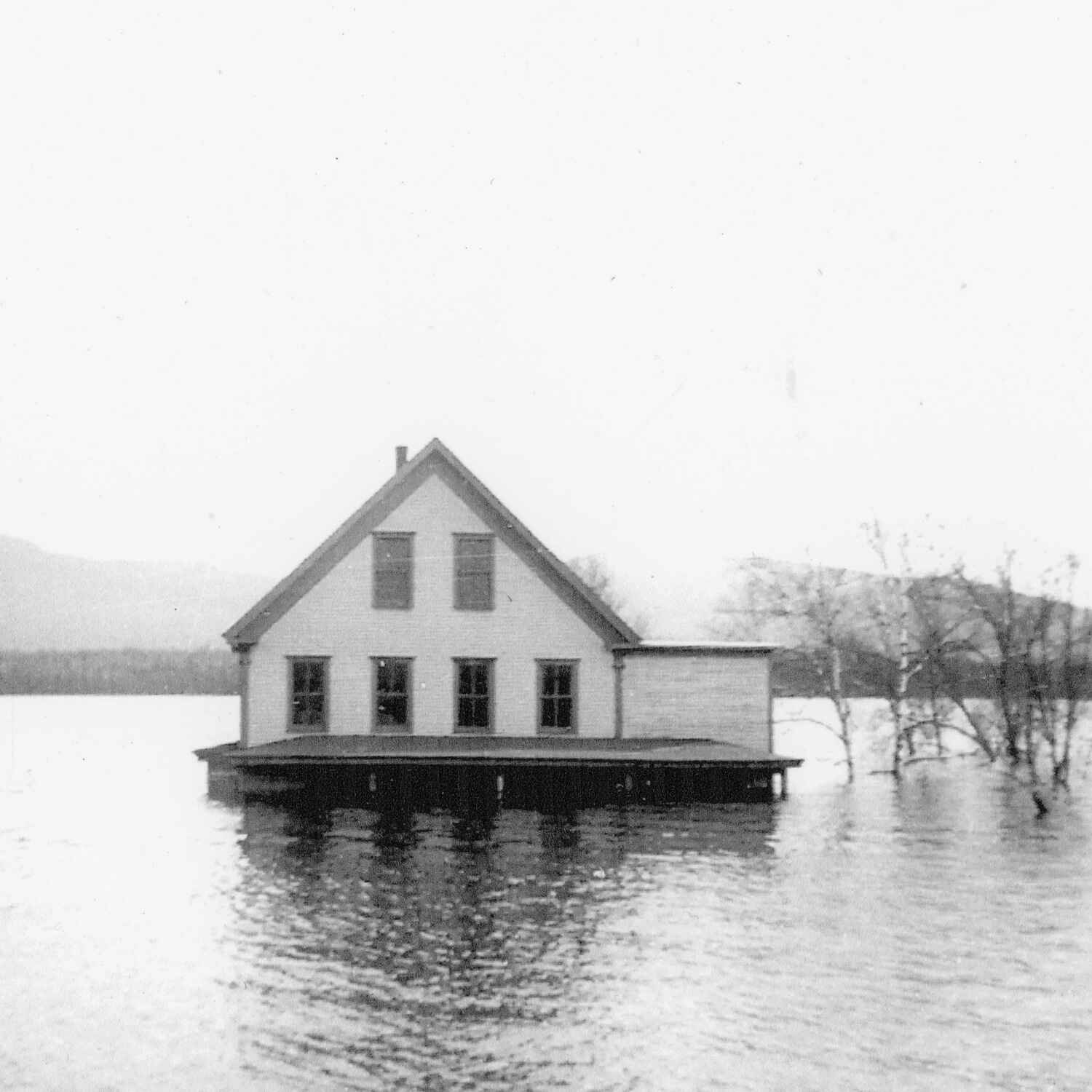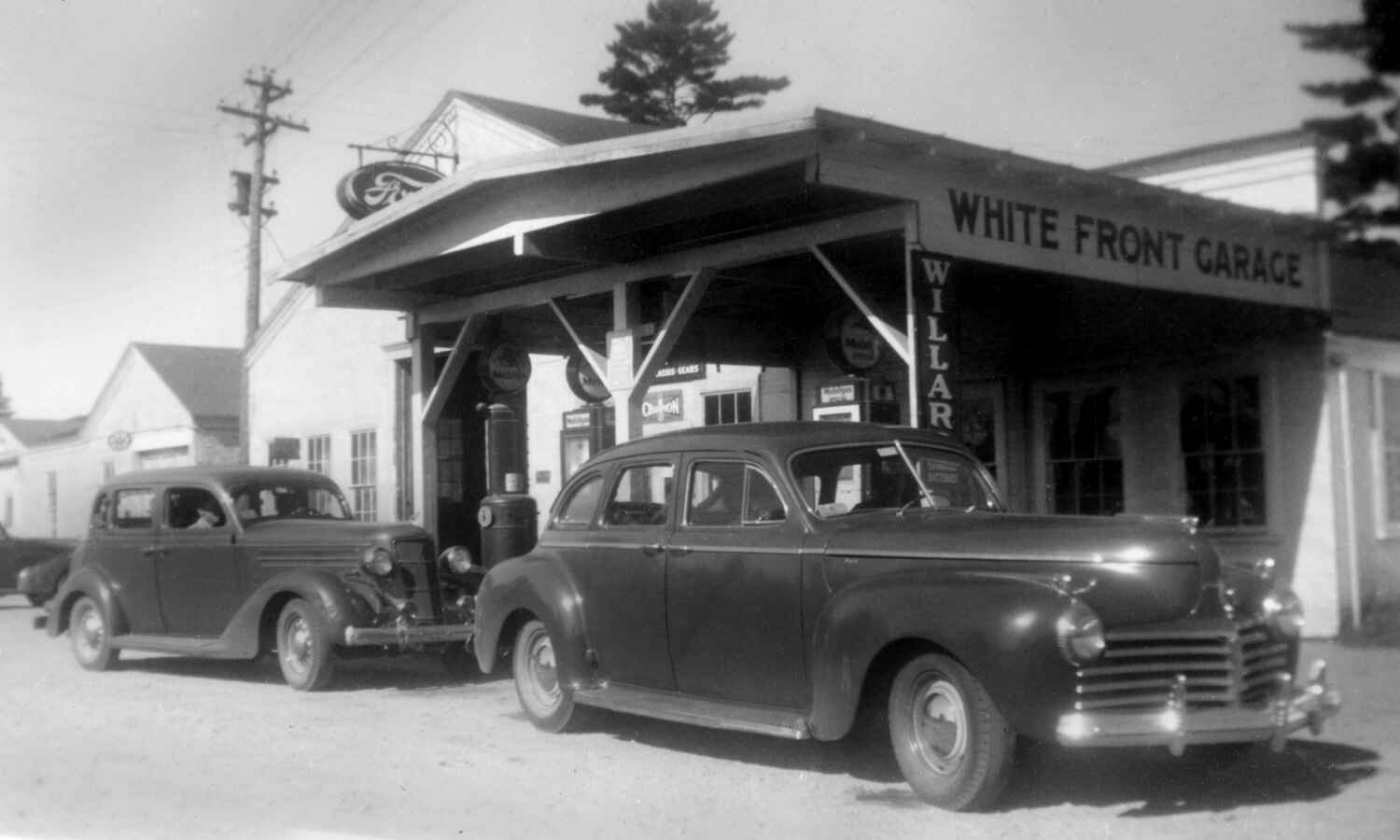The Forgotten History of Flagstaff Lake
Flagstaff Lake is a popular summer and winter destination in Maine, but most visitors don’t know about the lost villages hidden beneath its waters.
The lake was created in 1950 when the Long Falls Dam was built on the Dead River, turning it into a reservoir used for hydropower electricity production. However, the construction of the dam was controversial, and it led to the flooding and submerging of the townships of Flagstaff, Bigelow, Dead River, and Carrying Place.
Before the dam was built, the area was home to Flagstaff Village. The fertile soil of the Dead River and the abundance of local timber resources made it an ideal location for the development of a gristmill and sawmill. As a result, other settlements sprang up around the area, and the town thrived until the mid-1900s.
In the mid-1900s, the Central Maine Power Company (CMP) began acquiring local power companies in an effort to consolidate the state’s electrical production. This led to the construction of the first hydroelectric dams in Maine. However, CMP soon realized that it needed to control the waters of the Kennebec River, and the only way to do that was to build a dam.
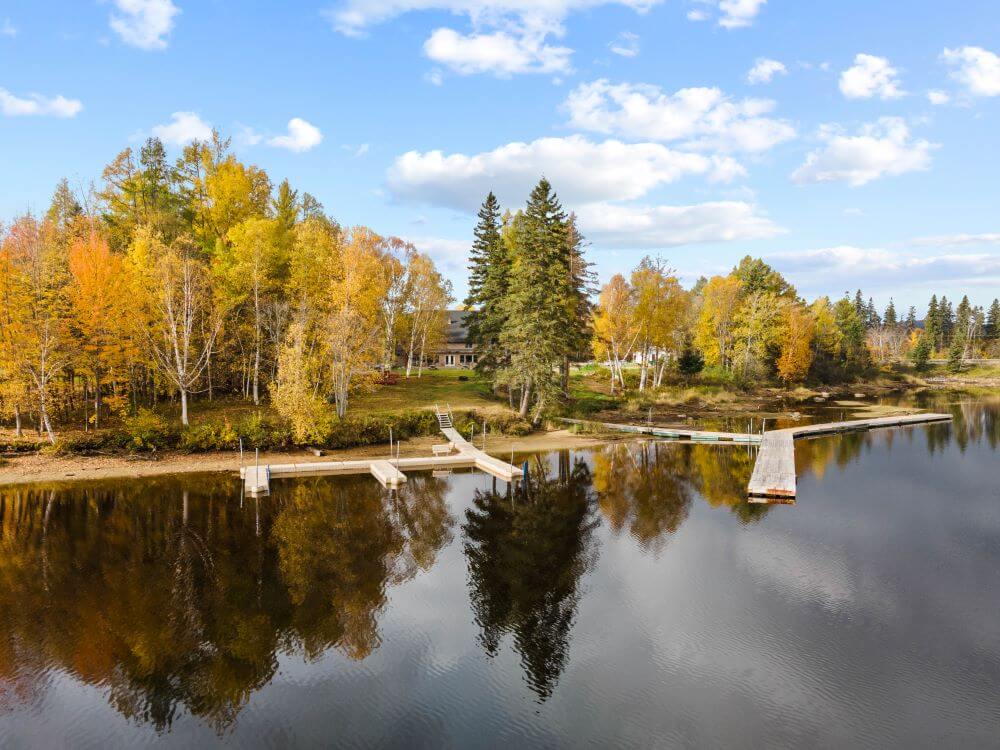
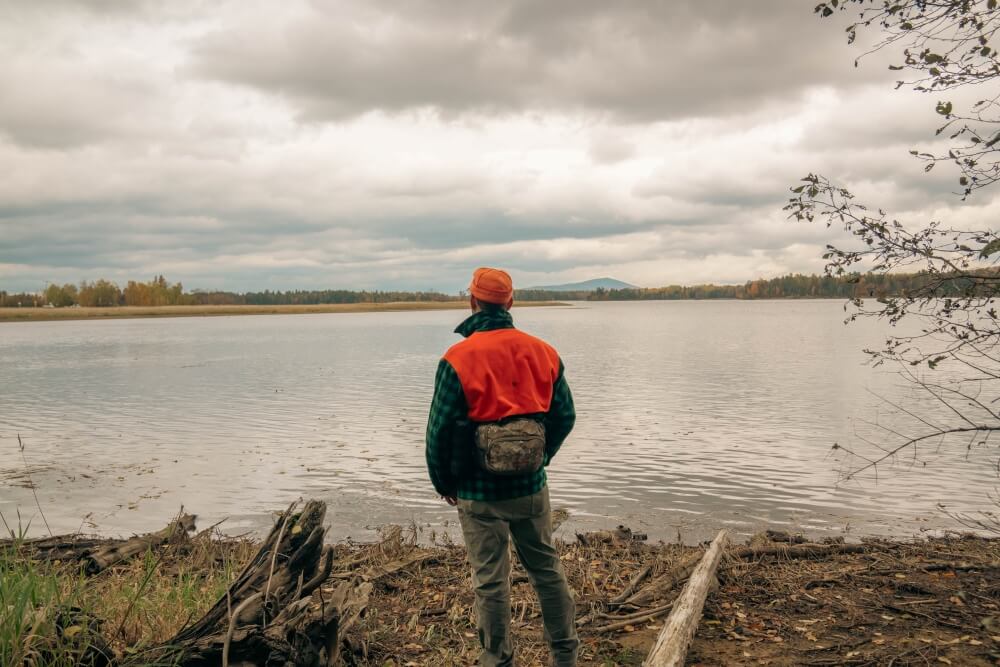
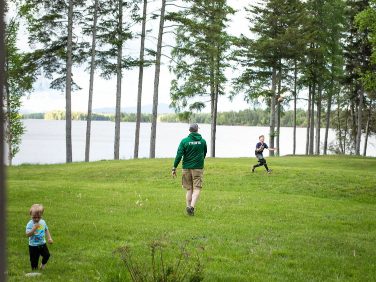
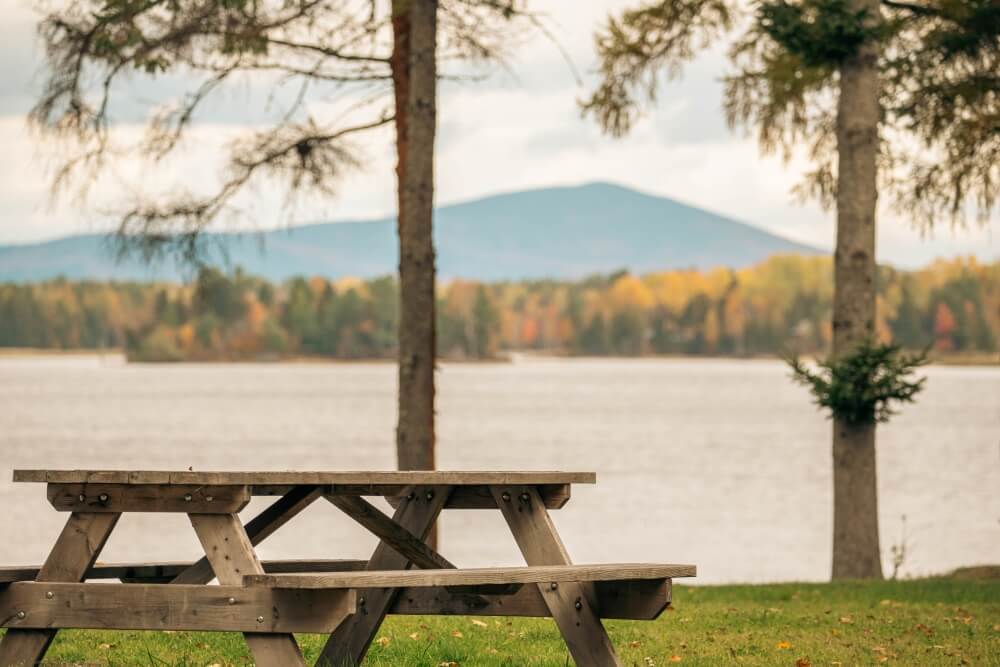
The plan to build the dam was met with opposition from state legislator and future Maine governor Percival Proctor Baxter. Nevertheless, CMP decided to build the Long Falls Dam on the Dead River, which would flood the town of Flagstaff Village and the nearby Dead River Plantation.
CMP began purchasing land from both towns in 1930 and by 1948, the land had been cleared. In 1949, the land was set on fire, and the following year, the dam was finally built. The important town buildings, including the schoolhouse, were torn down, and others were relocated to new towns. However, residents who were unable to reach a monetary agreement with CMP lost their homes completely and were forced to move.
Despite the tragedy of losing their homes, the residents of Flagstaff Village came together for a two-day party in July 1949 to celebrate their community and the lives they had built there. Many residents moved to nearby towns, but they were never able to visit their childhood homes again.
Today, visitors to Flagstaff Lake may not realize the history that lies beneath its waters, but the story of the lost village serves as a reminder of the power of progress and the sacrifices that were made in its pursuit.

